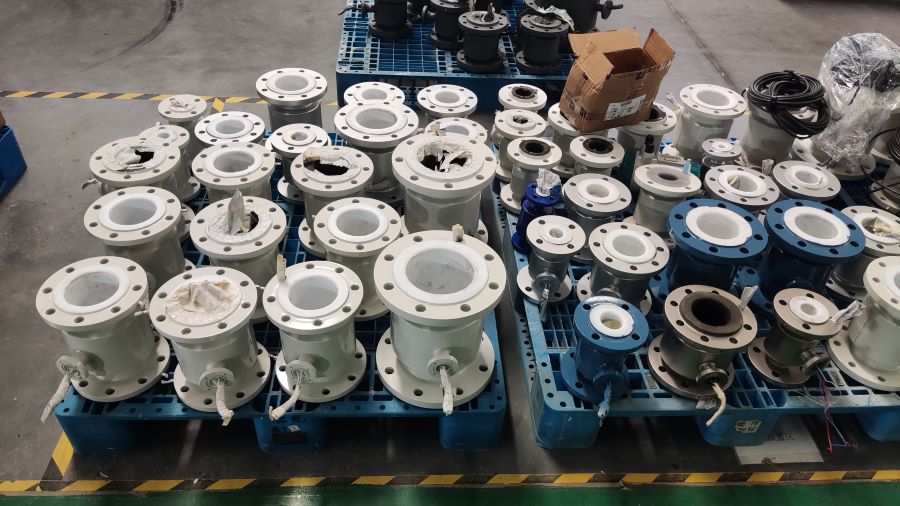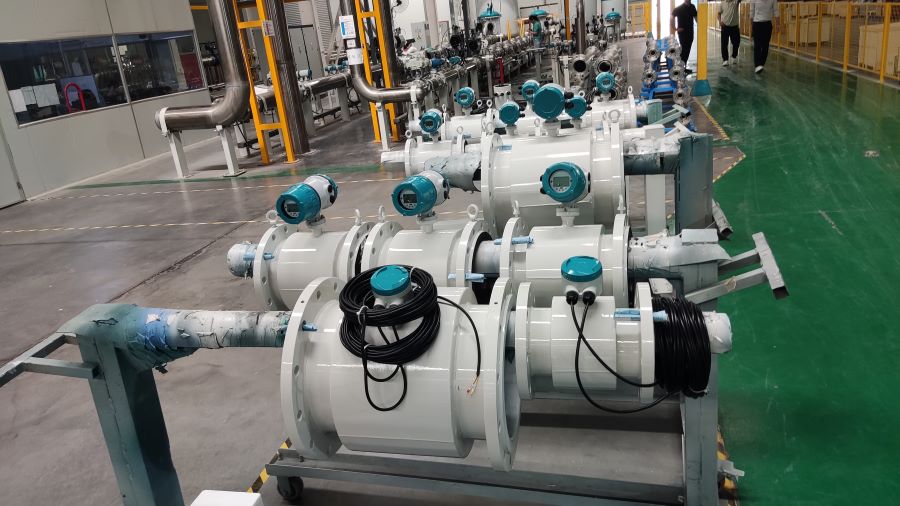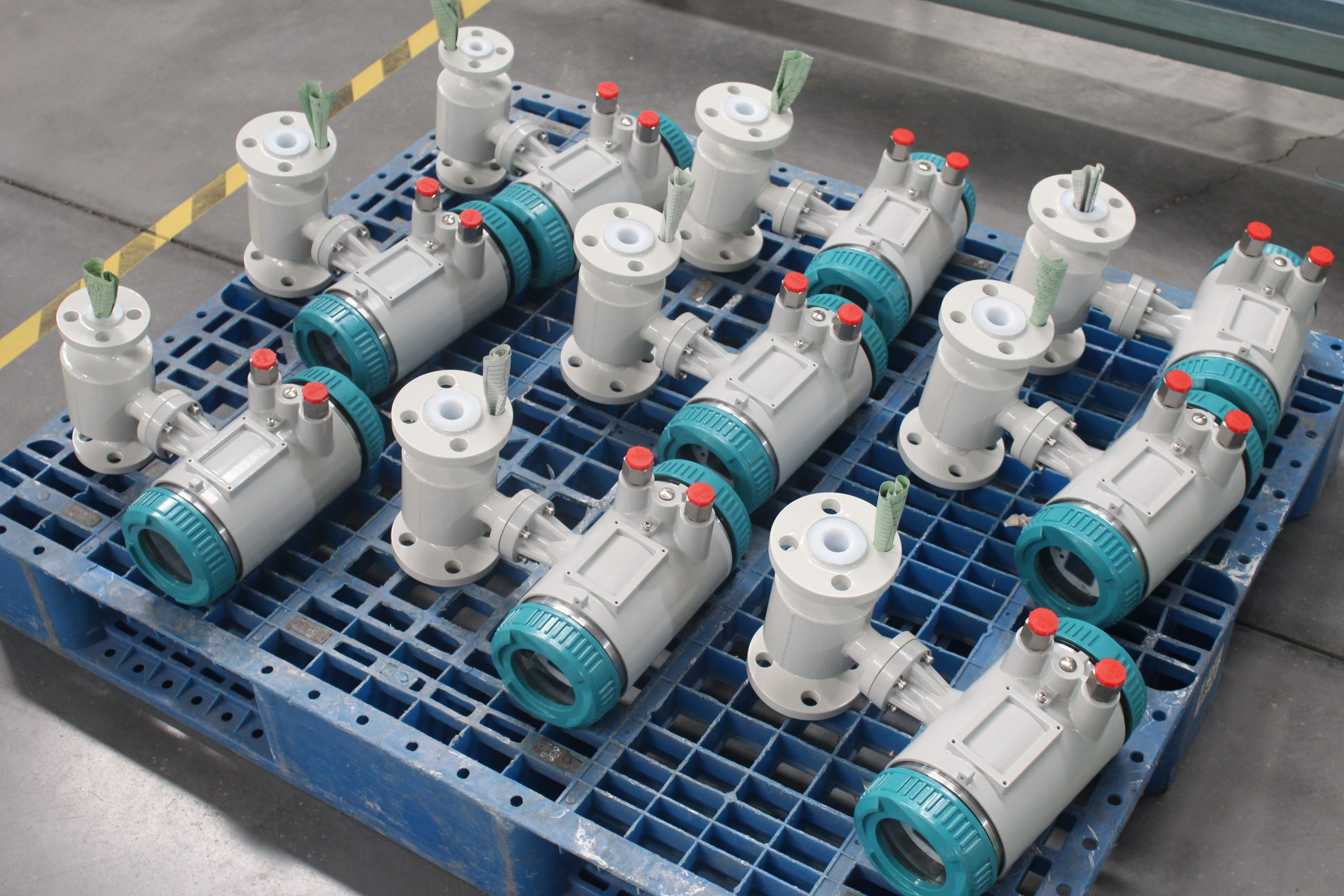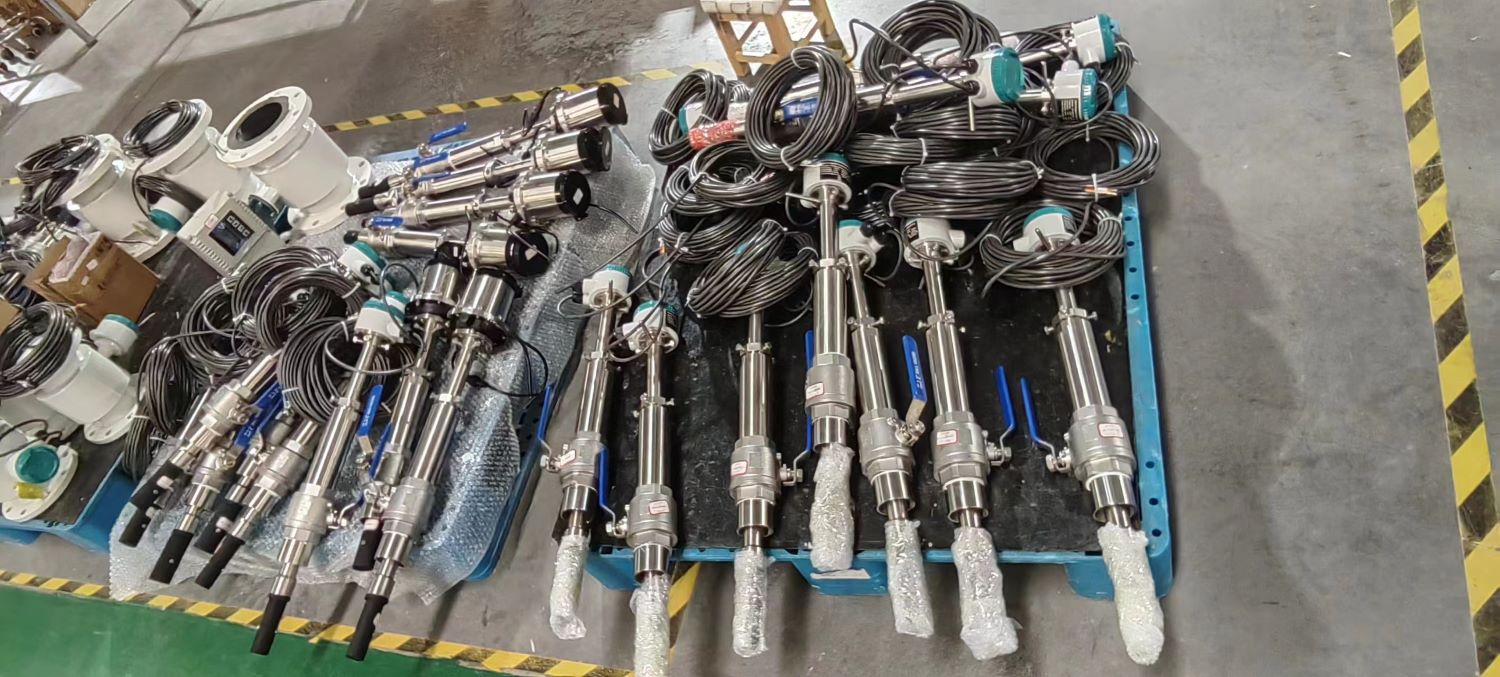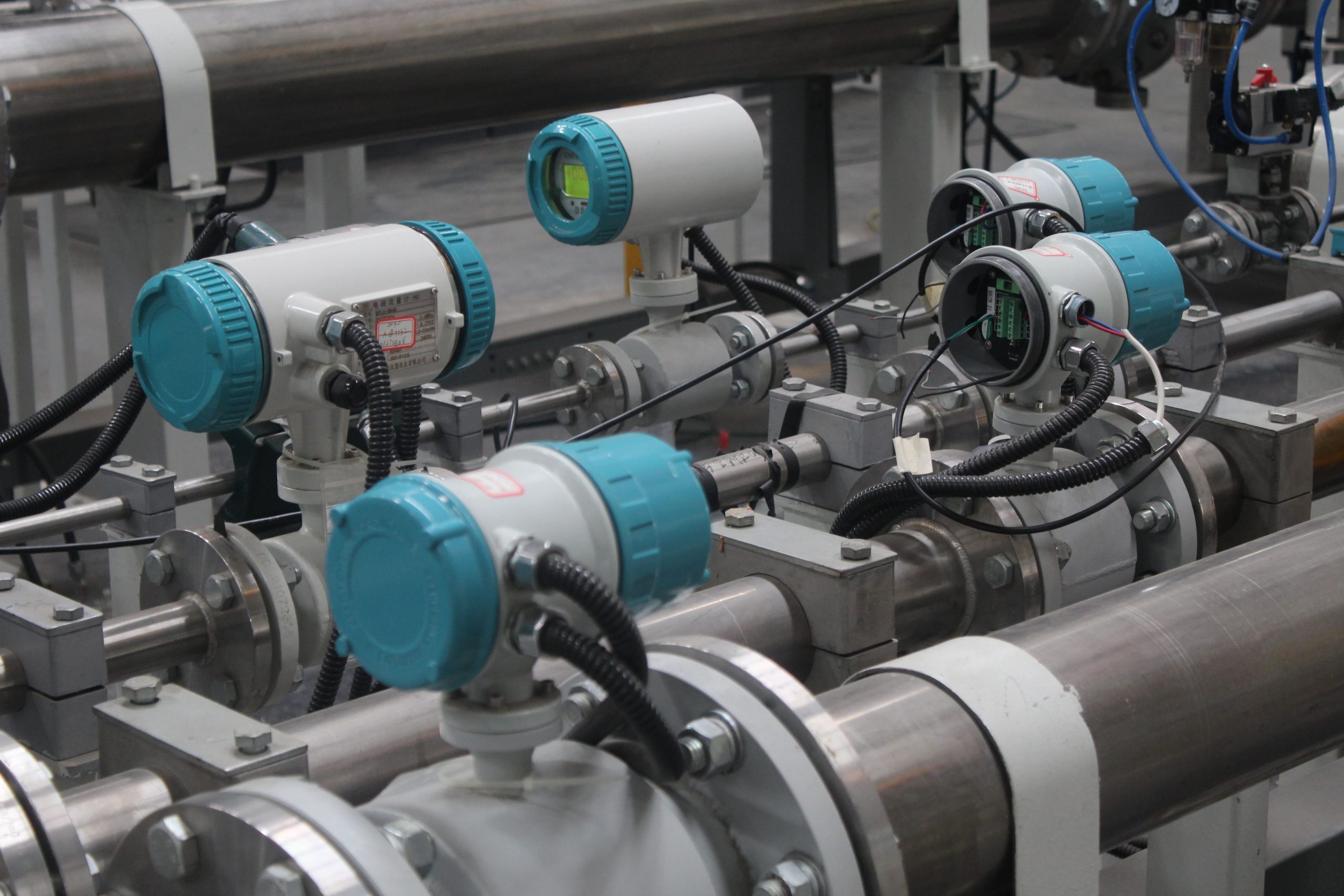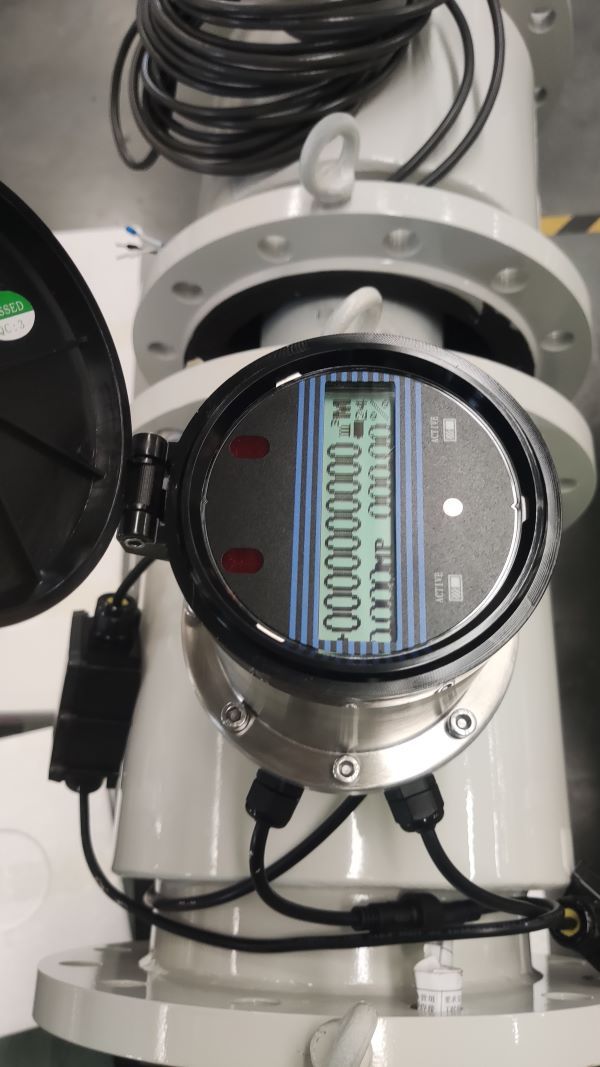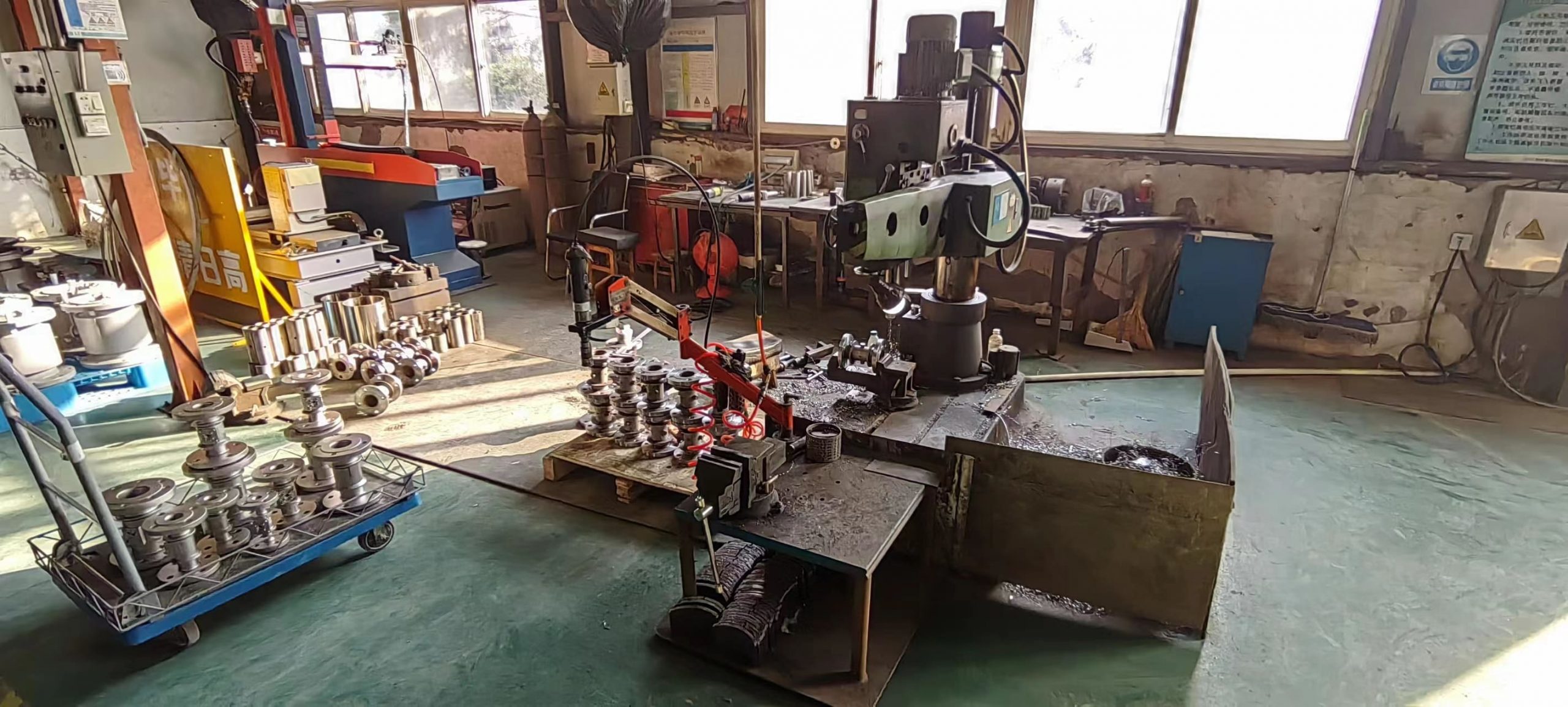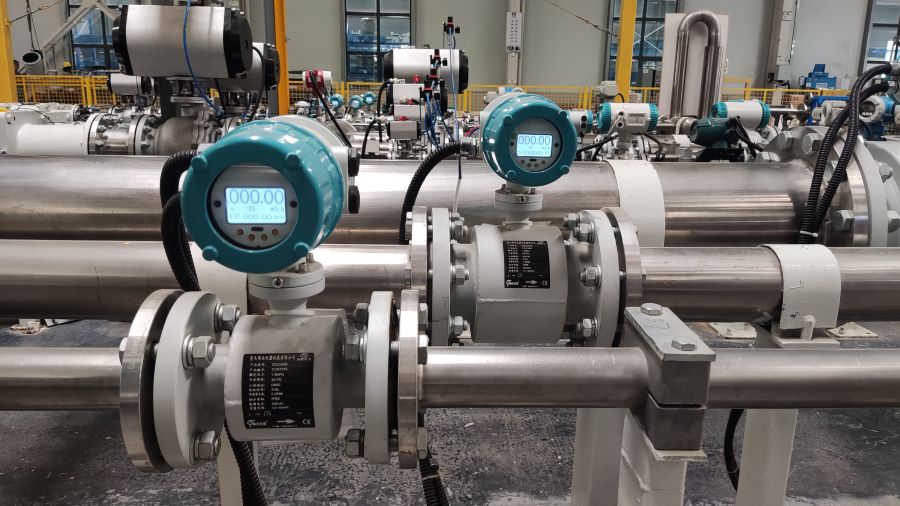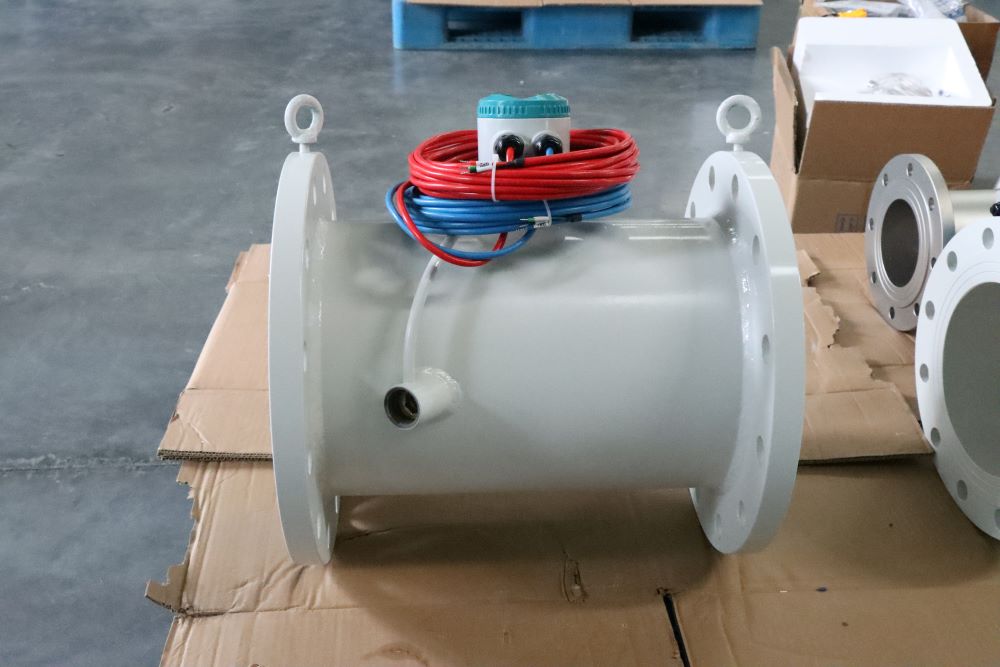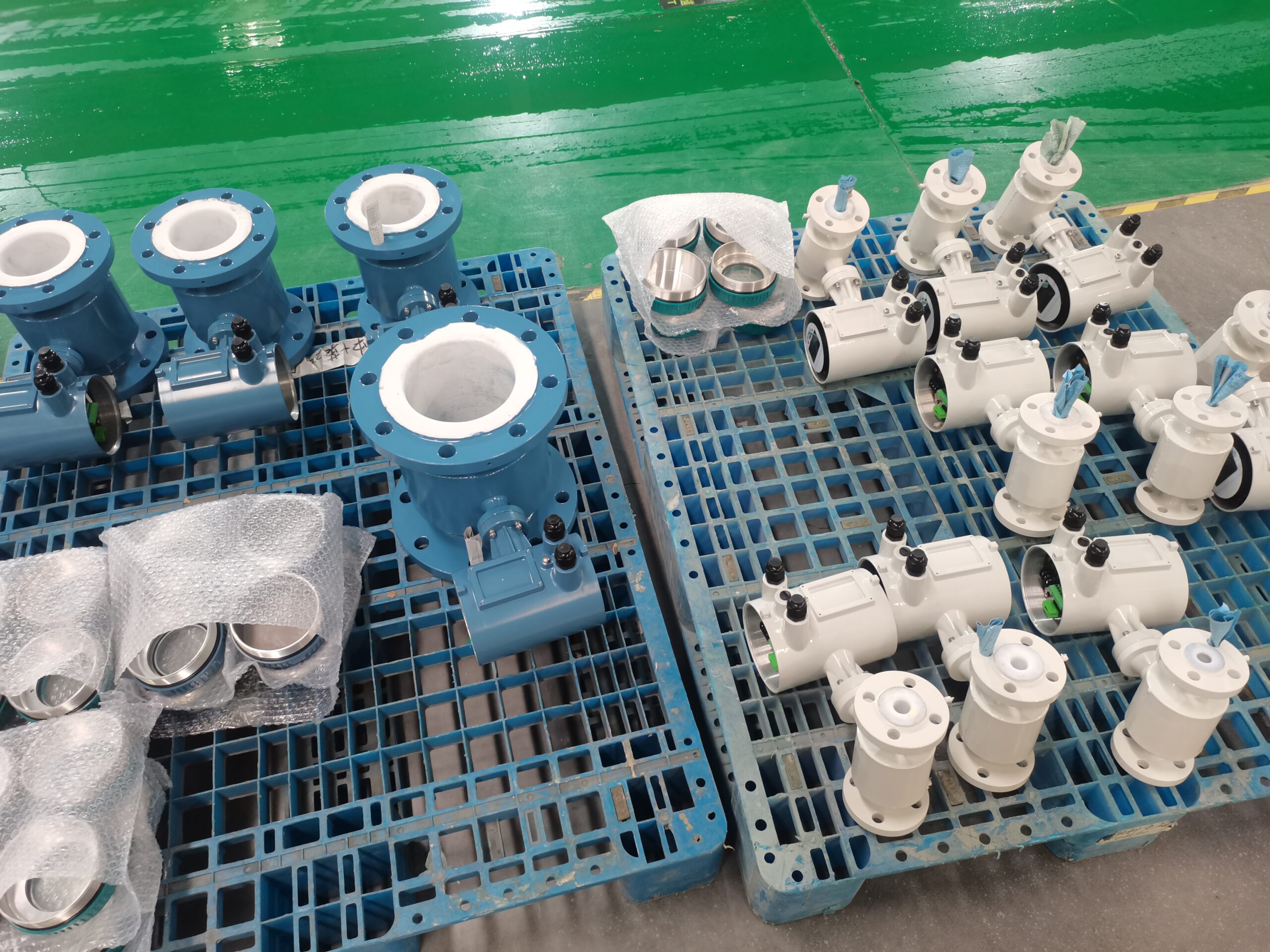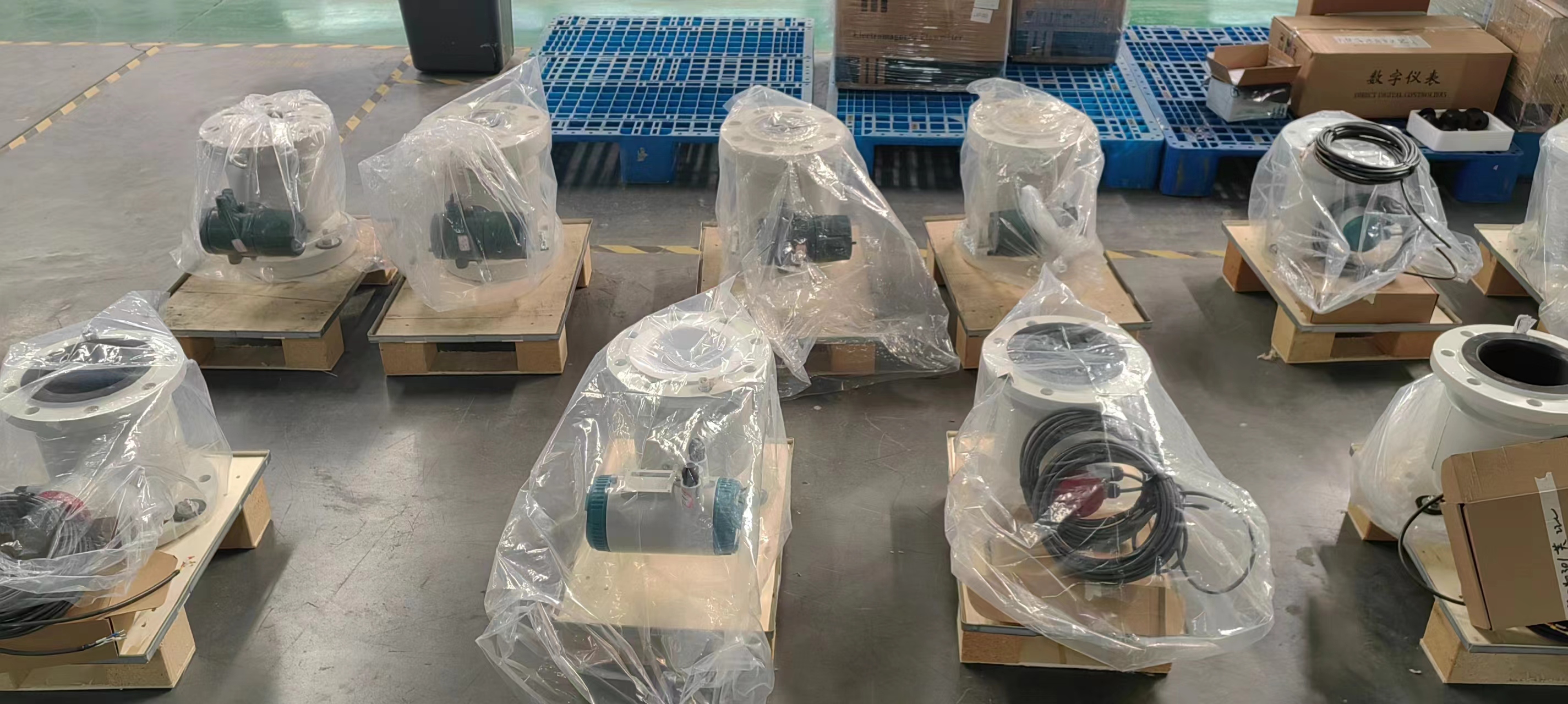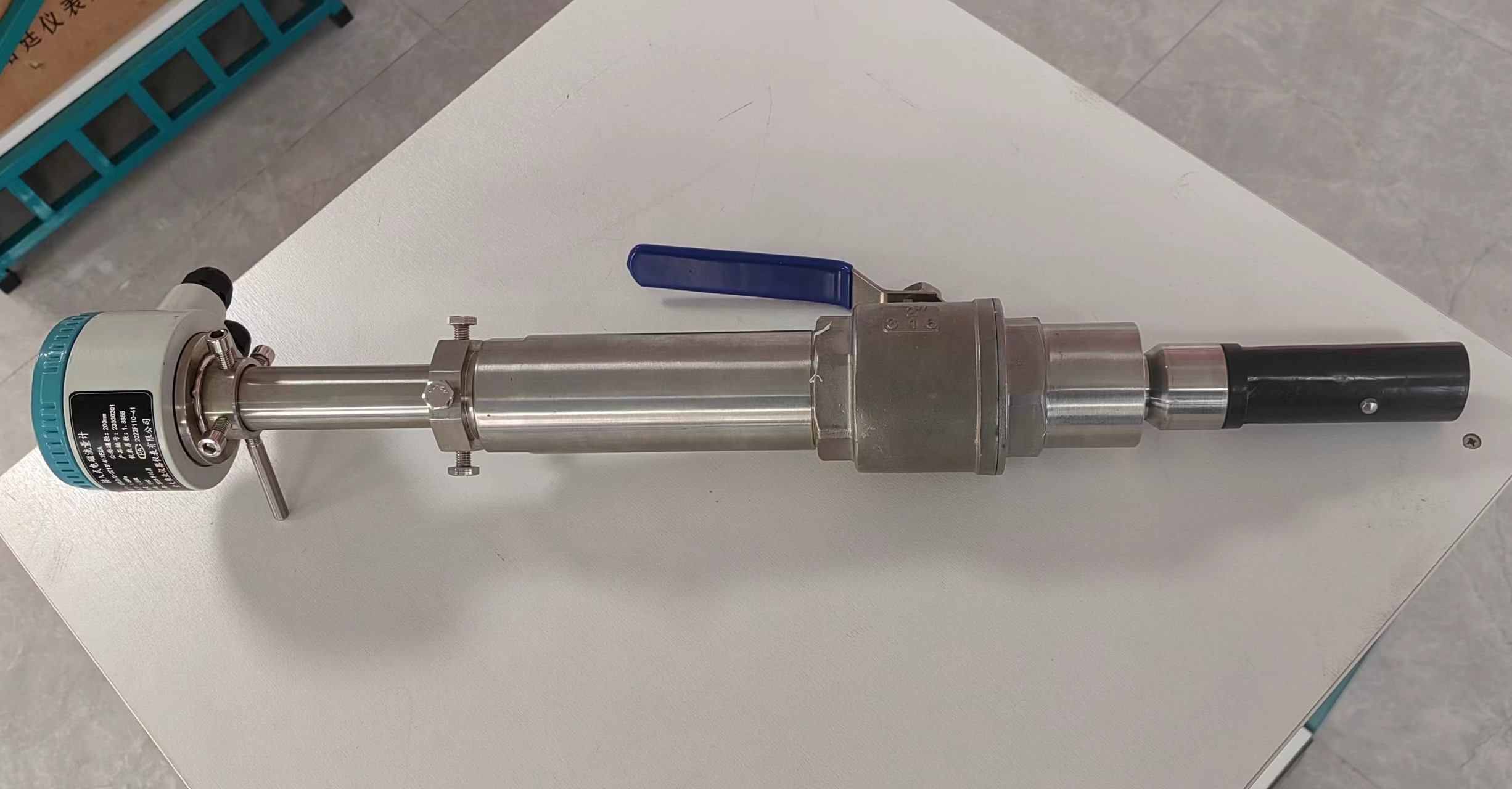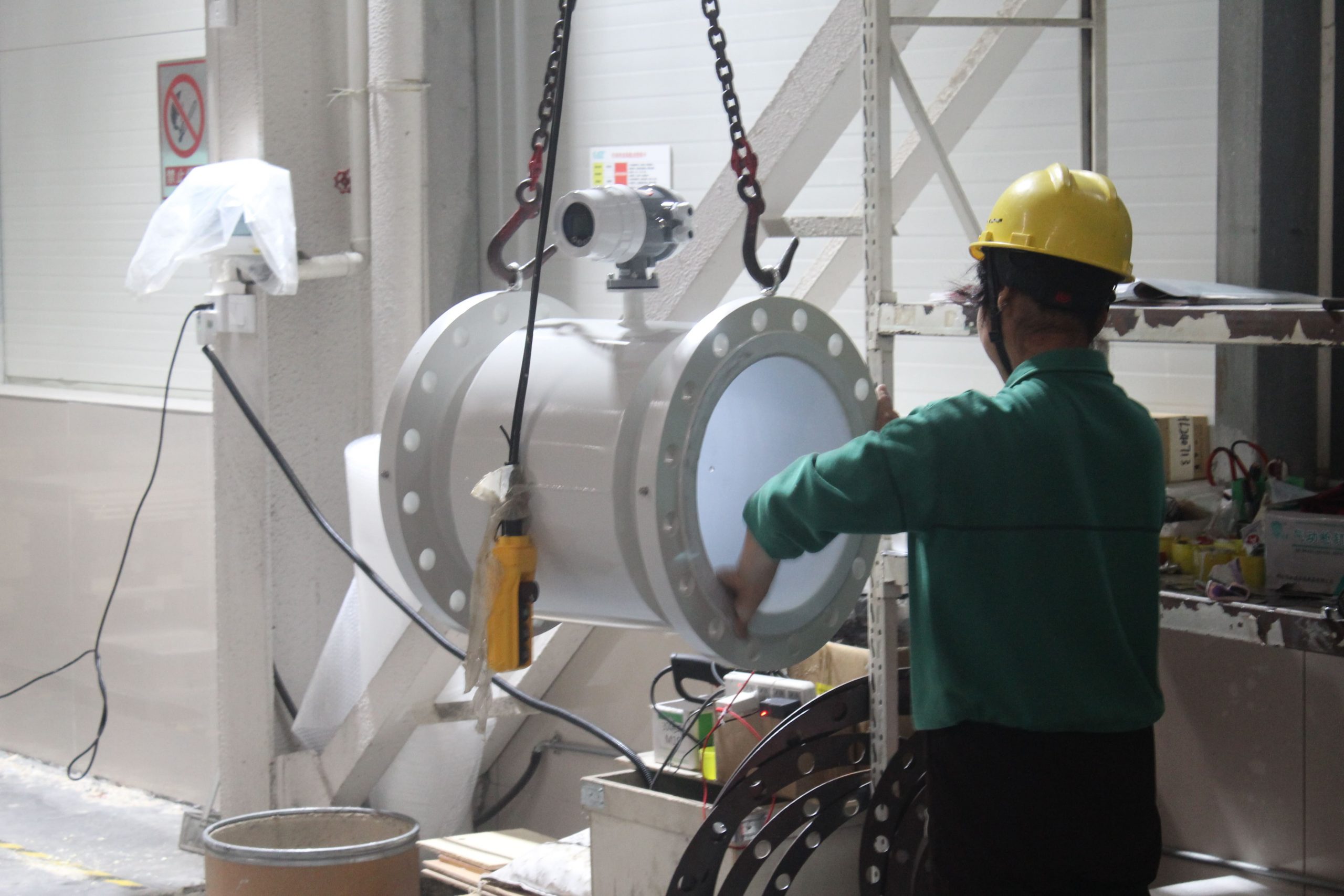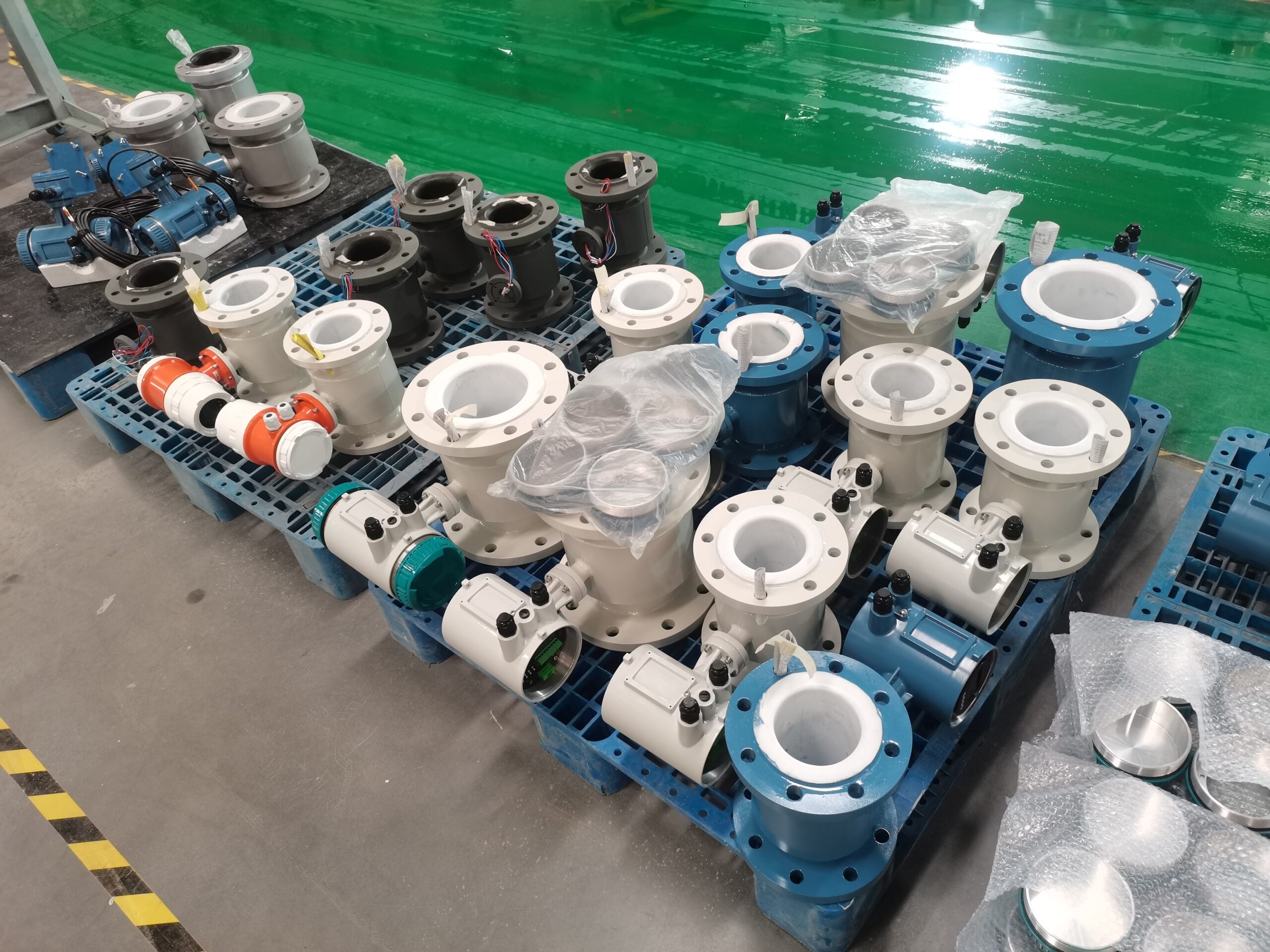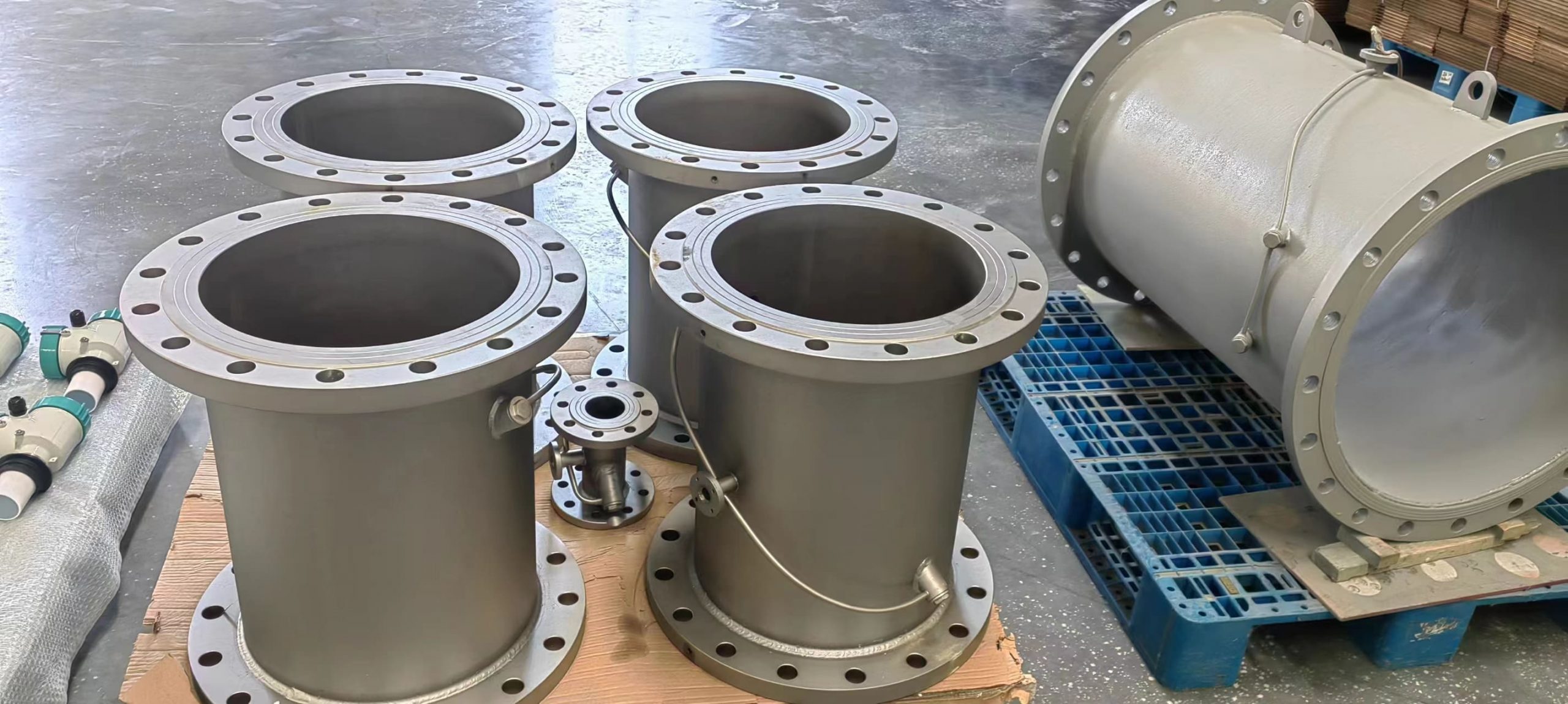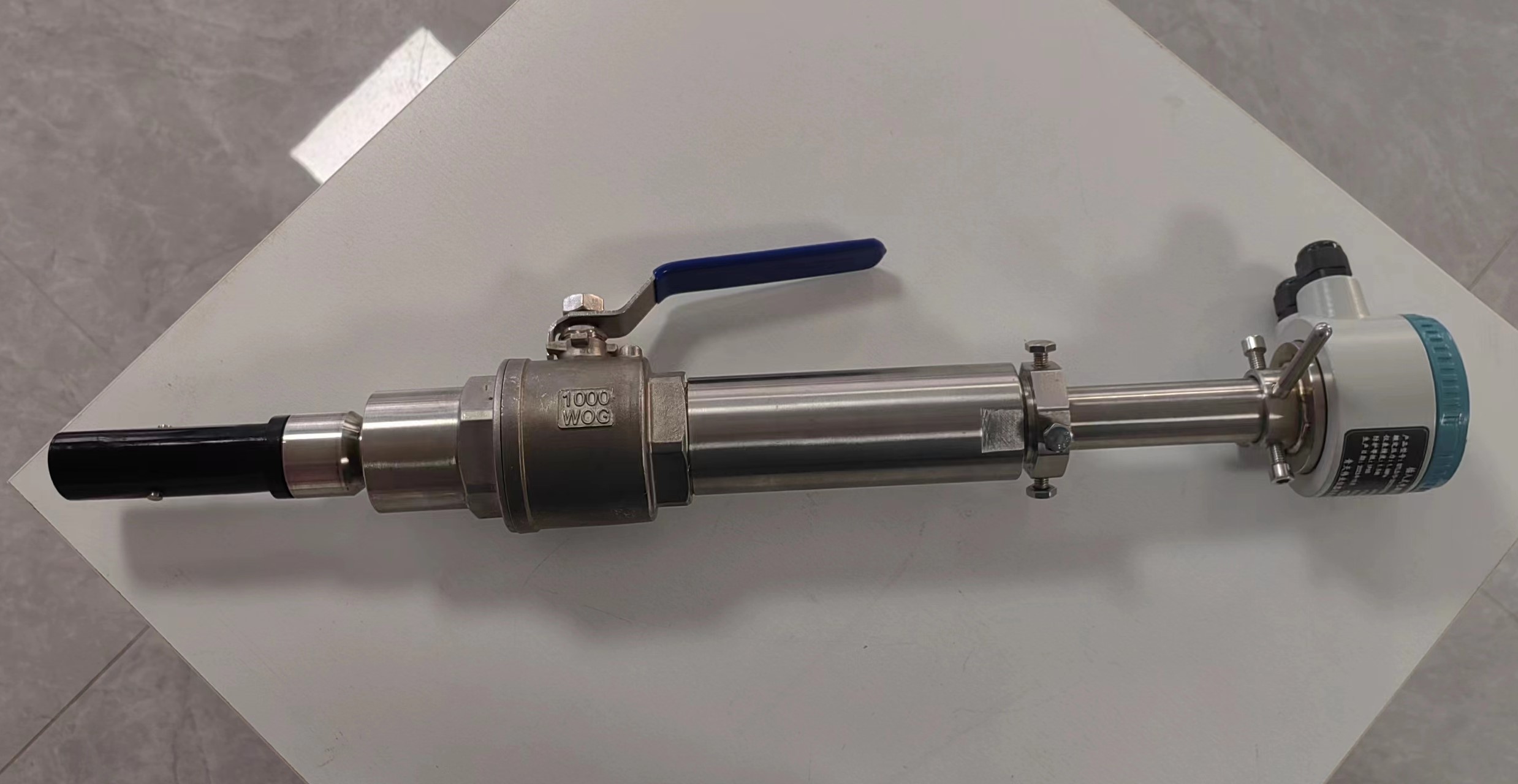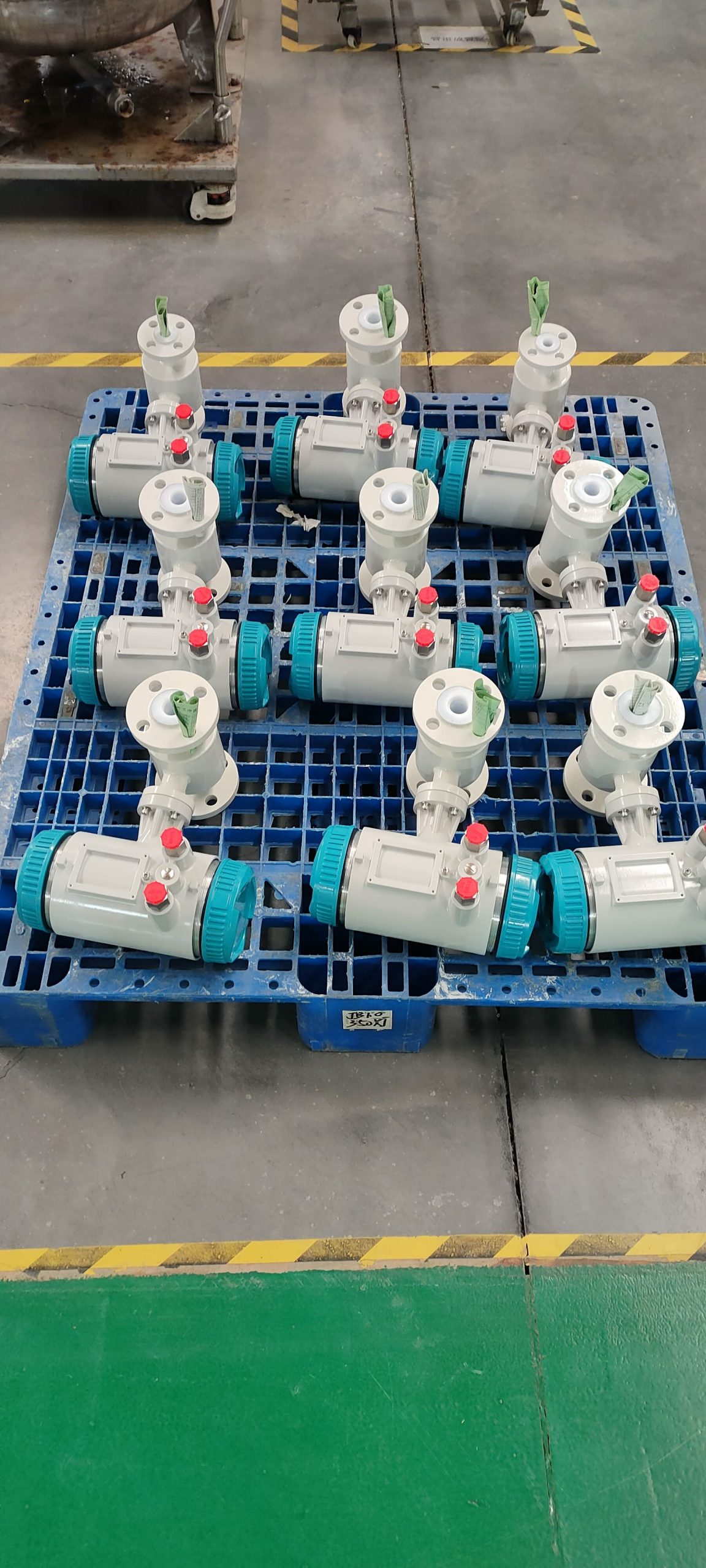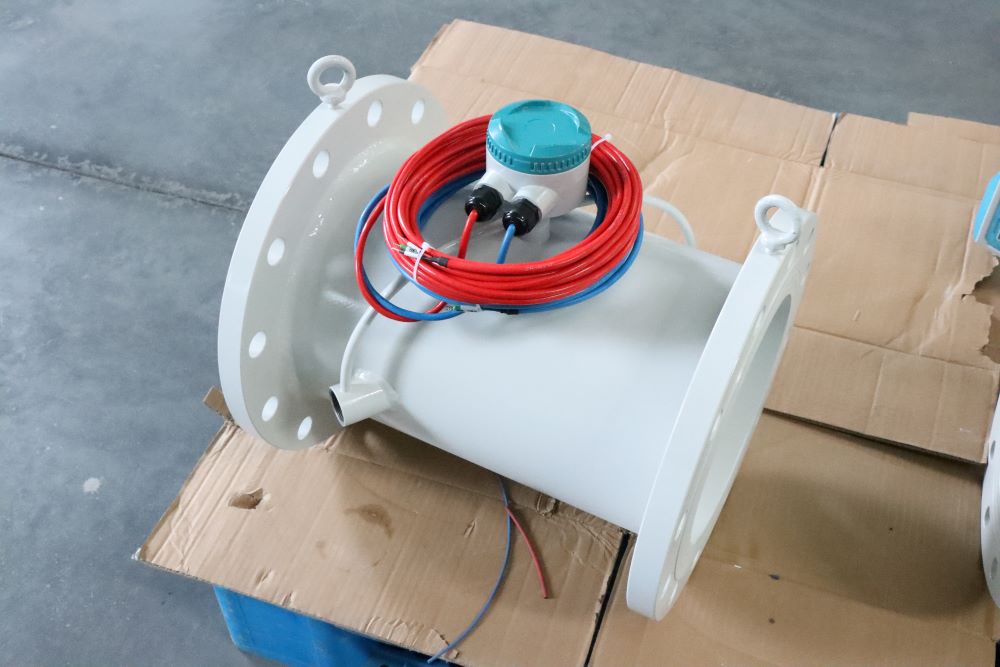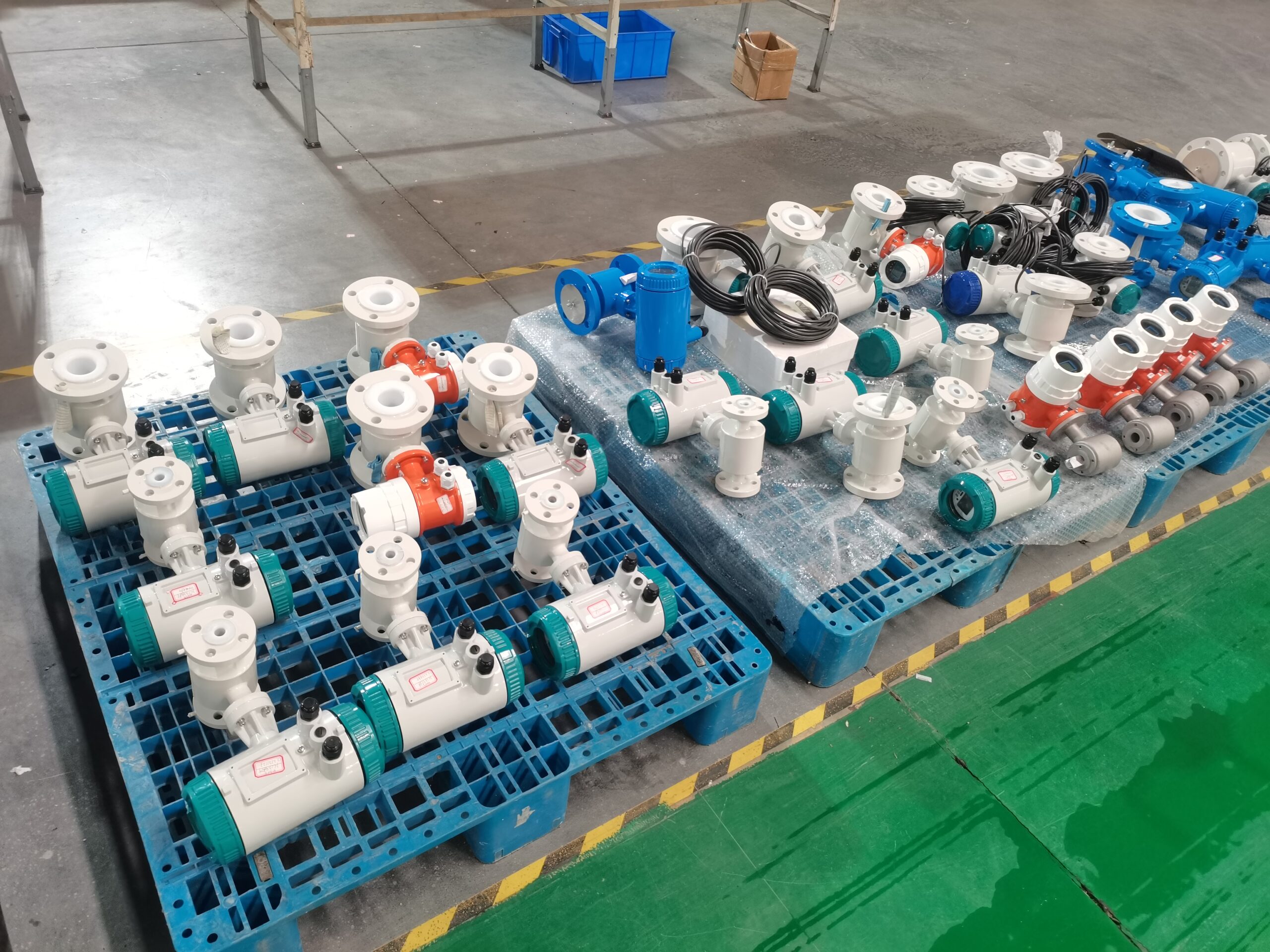High Quality Flange Water Liquid Intelligent Electromagnetic Flowmeter
Dealing with a weak signal issue in an intelligent electromagnetic flowmeter is crucial to ensure accurate and reliable flow measurements. Weak signals can be caused by various factors, and addressing them requires a systematic troubleshooting approach. Here are some steps to help you diagnose and resolve the weak signal phenomenon:
Check the Power Supply:
Ensure that the electromagnetic flowmeter is receiving a stable and adequate power supply. Weak signals can result from insufficient power. Verify the voltage levels and power quality as specified by the manufacturer.
Inspect Wiring and Connections:
Examine the wiring and connections to the flowmeter. Loose or damaged connections can lead to signal loss. Ensure that all electrical connections are secure and free from corrosion.
Verify Grounding:
Proper grounding is essential for electromagnetic flowmeters. Inadequate grounding can result in electrical noise and weak signals. Verify that the flowmeter is correctly grounded according to the manufacturer’s guidelines.
Check Electrode Condition:
Inspect the condition of the electrodes. Corrosion, scaling, or coating on the electrodes can lead to weak signals. Clean the electrodes if necessary, and consider electrode replacement if they are significantly degraded.
Inspect the Flow Tube:
Check the flow tube for any obstructions, scaling, or damage. A clear and unobstructed flow tube is essential for accurate measurements. Clean or replace the flow tube as needed.
Verify Flow Conditions:
Ensure that the flow conditions are within the specified operating range of the electromagnetic flowmeter. Extremely low flow rates or flow disturbances can lead to weak signals. Adjust the flow conditions if necessary.
Check for Air Bubbles:
Air bubbles in the fluid can affect the conductivity and result in weak signals. Install air eliminators or bleed valves to remove air from the system.
Inspect for Magnetic Interference:
Magnetic interference from nearby equipment can disrupt the electromagnetic field and weaken the signal. Identify and eliminate sources of magnetic interference, and ensure that the flowmeter is installed at a safe distance from such sources.
Verify Sensor Alignment:
Confirm that the electromagnetic flowmeter sensor is properly aligned with the flow direction. Misalignment can lead to inaccurate readings and weak signals.
Update Firmware/Software:
Check if there are any firmware or software updates available for the intelligent electromagnetic flowmeter. Keeping the firmware or software up-to-date can address potential issues and improve performance.
Consult Manufacturer Documentation:
Refer to the manufacturer’s documentation for troubleshooting guidelines specific to your flowmeter model. It may provide insights into common issues and solutions.
Perform Calibration:
If the weak signal persists, consider performing a calibration of the electromagnetic flowmeter. Follow the manufacturer’s recommended calibration procedures.
If you are unable to resolve the weak signal issue after performing these troubleshooting steps, it may be necessary to contact the manufacturer’s technical support for further assistance. They can provide additional guidance, conduct remote diagnostics, or offer on-site support if needed.

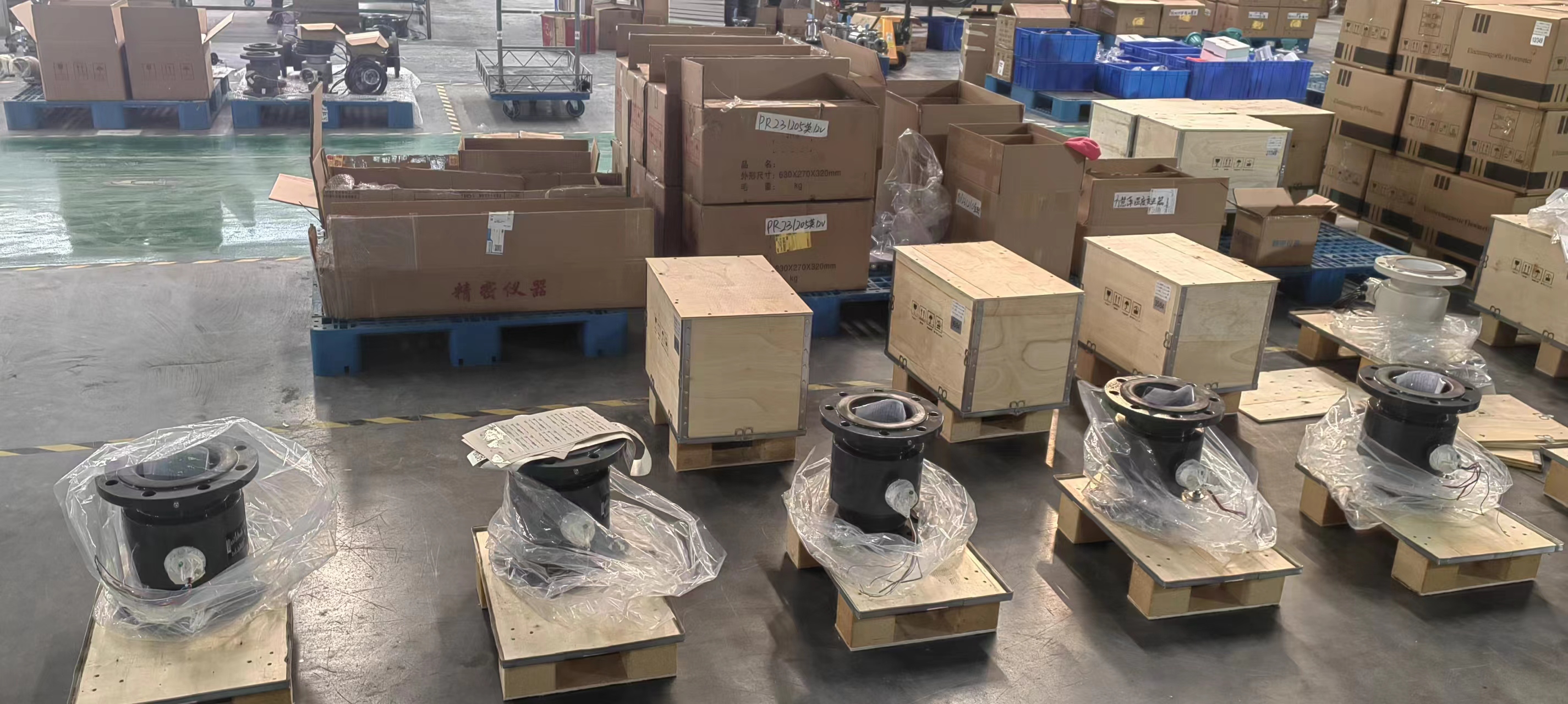
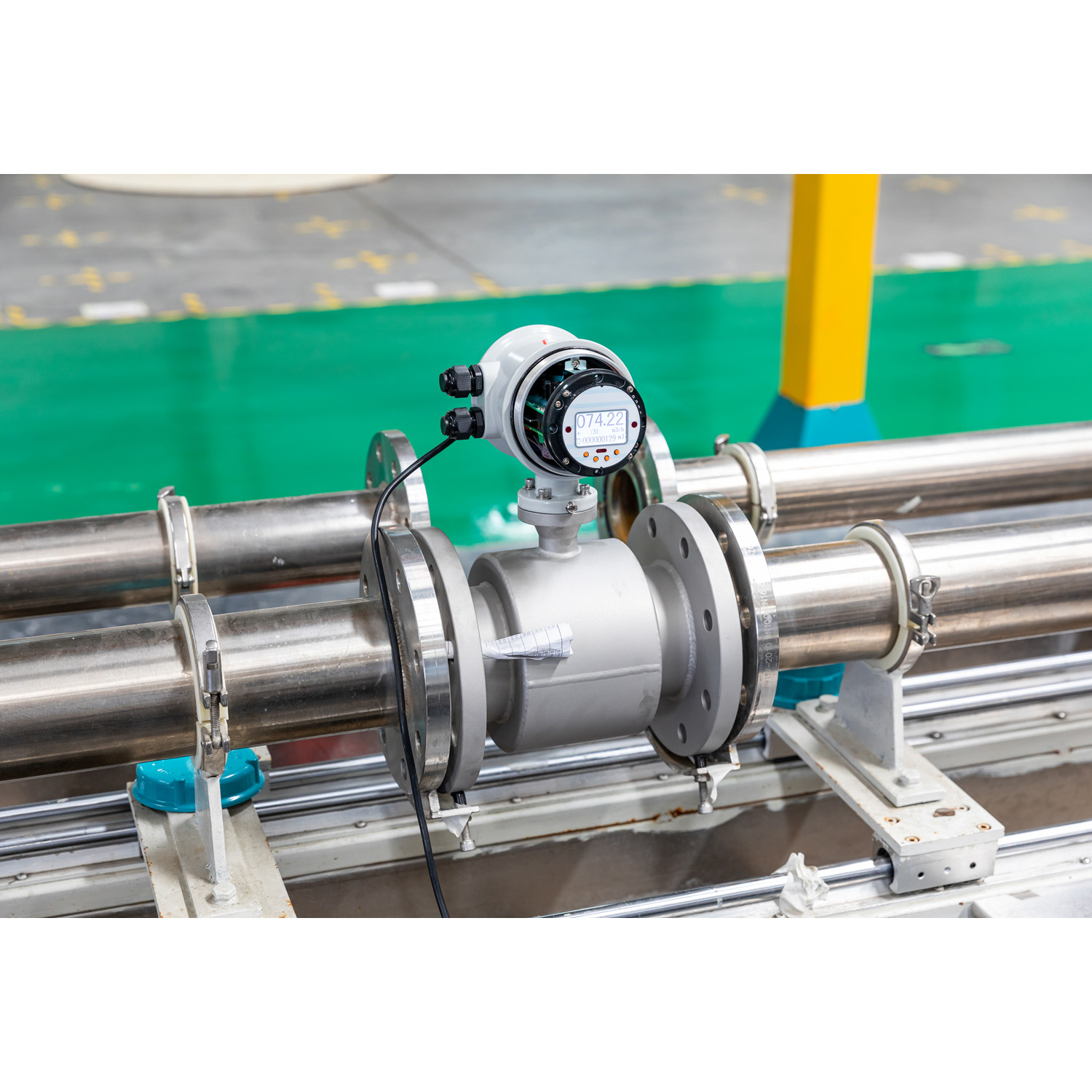
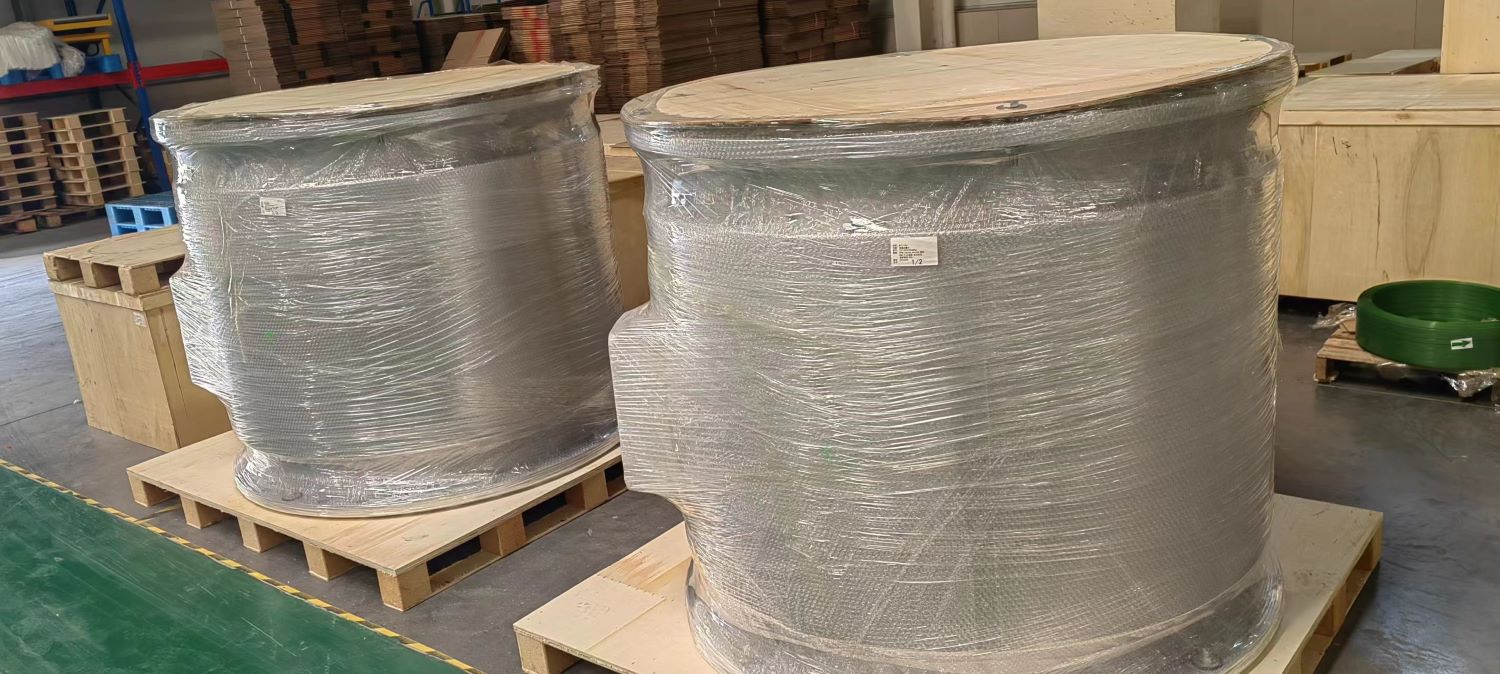
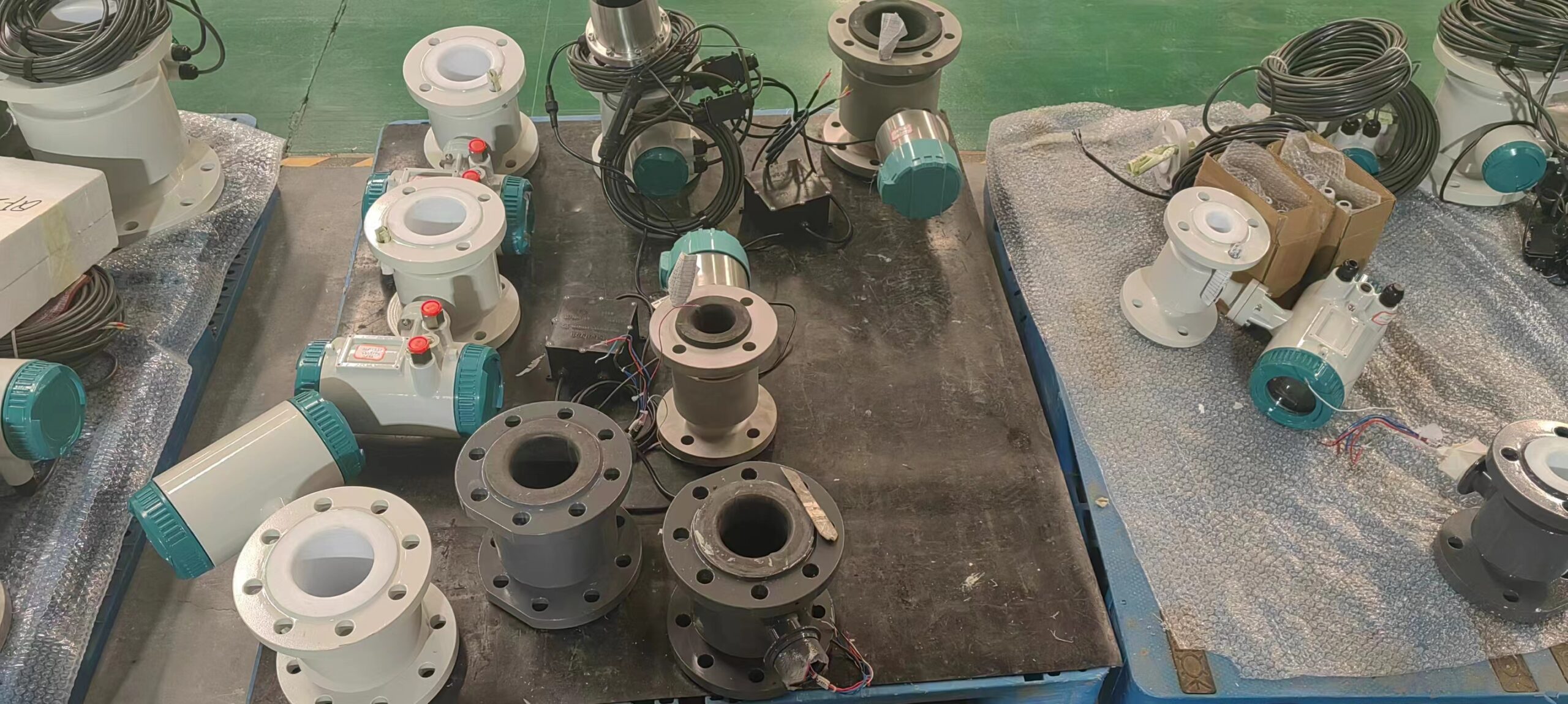
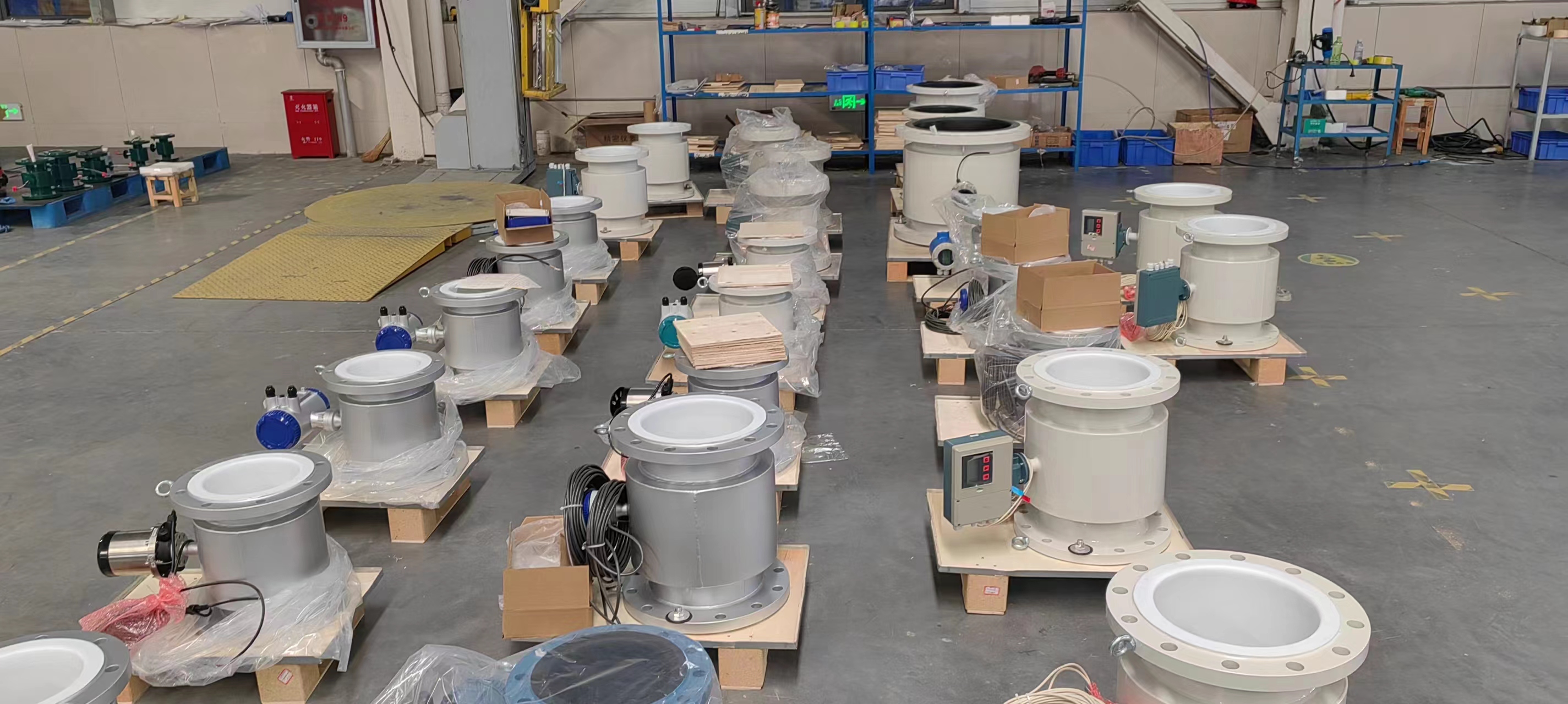
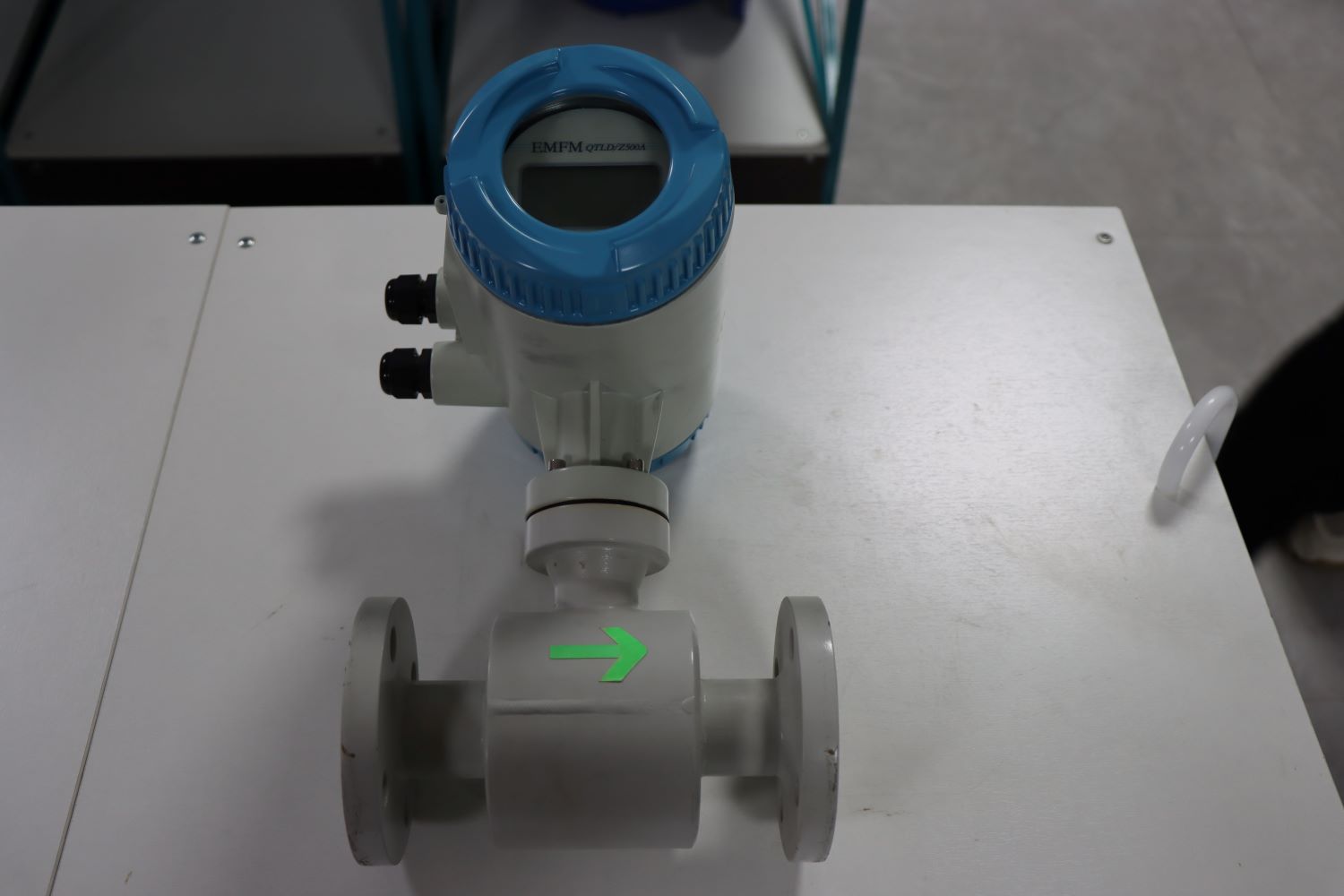
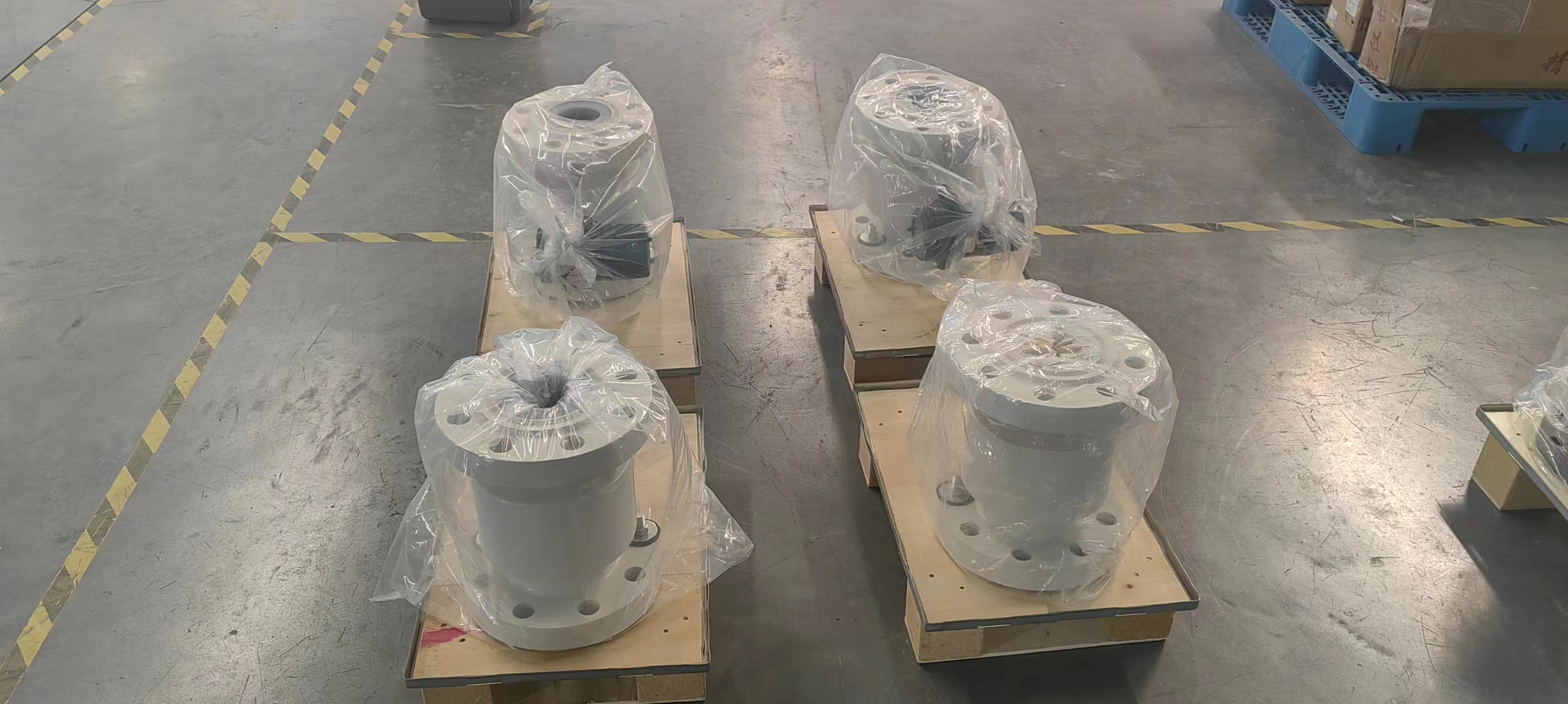
-.jpg)
